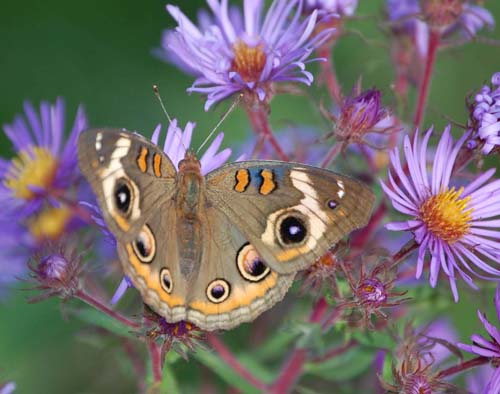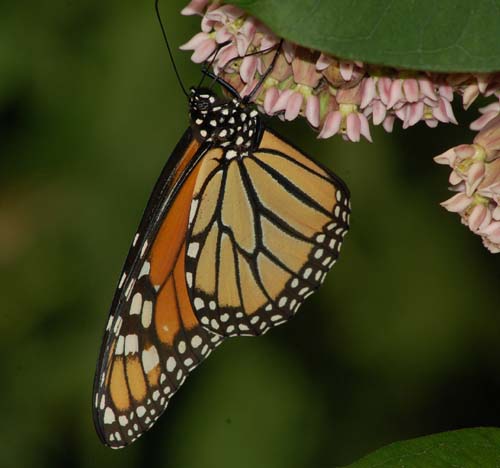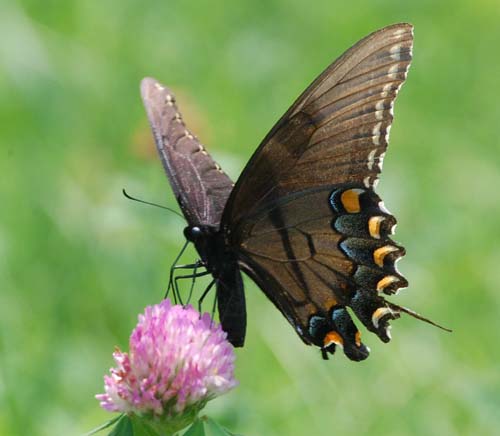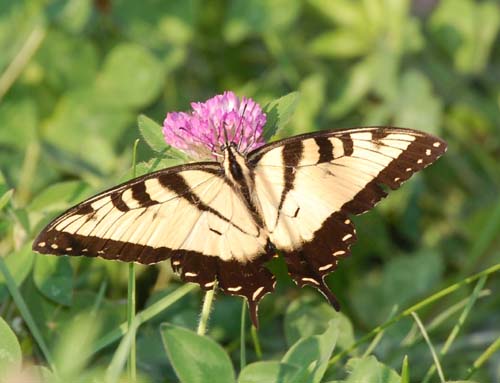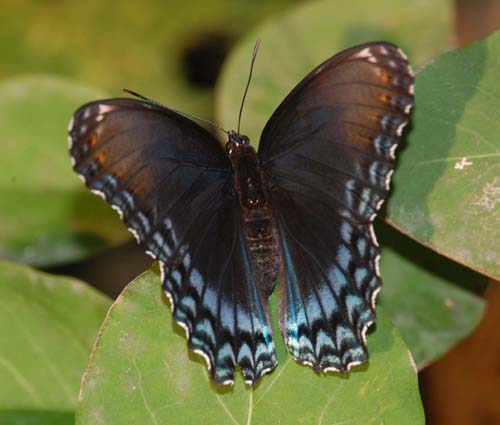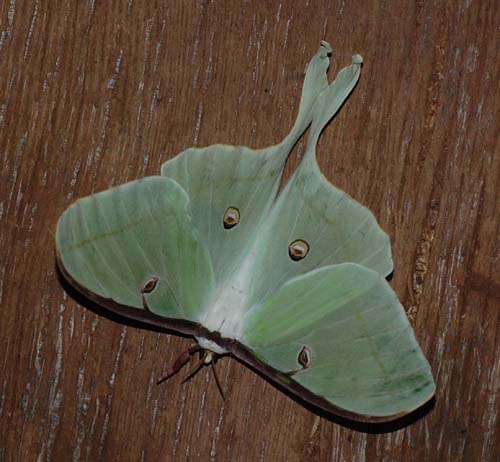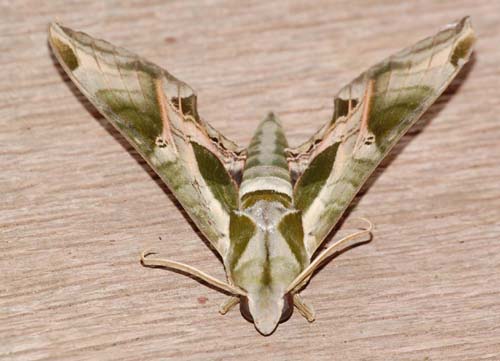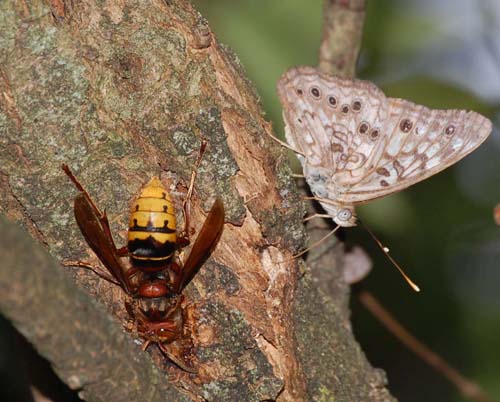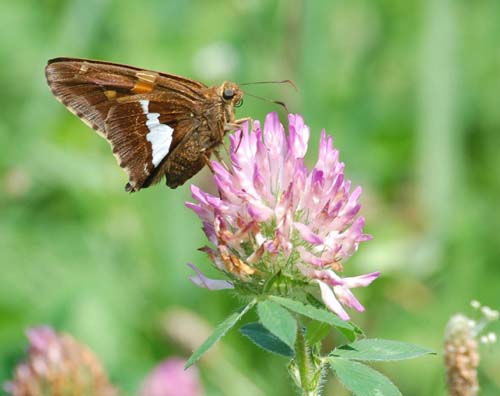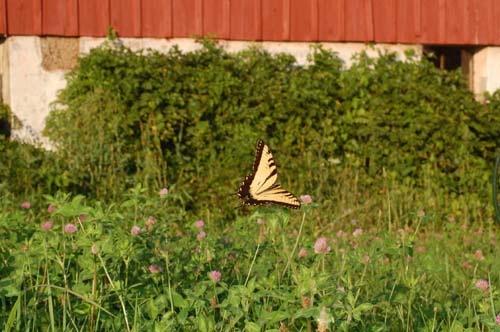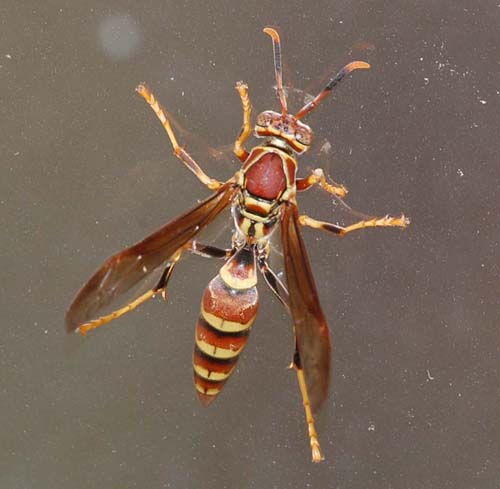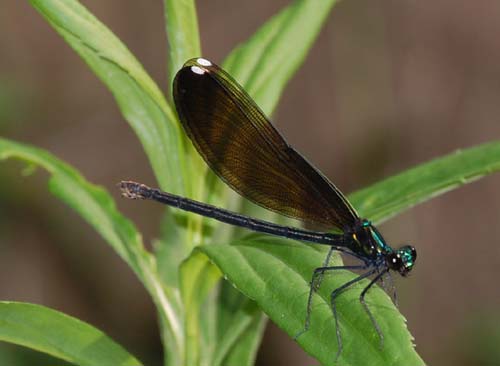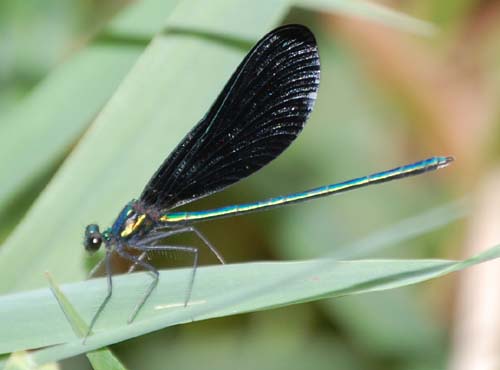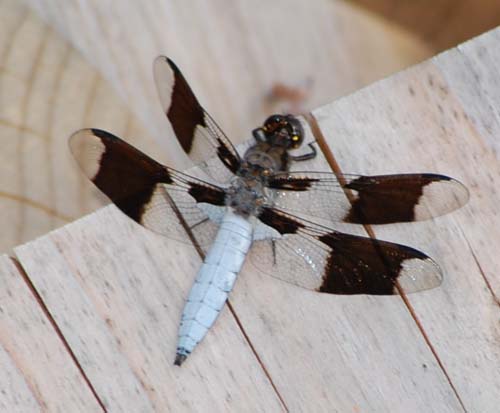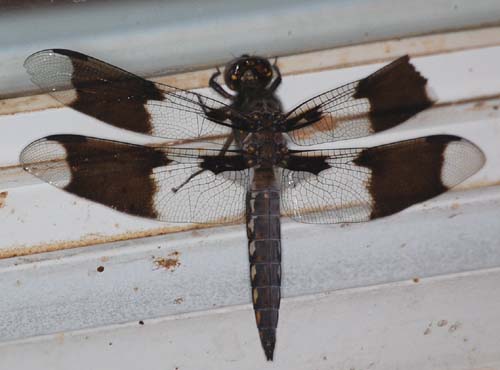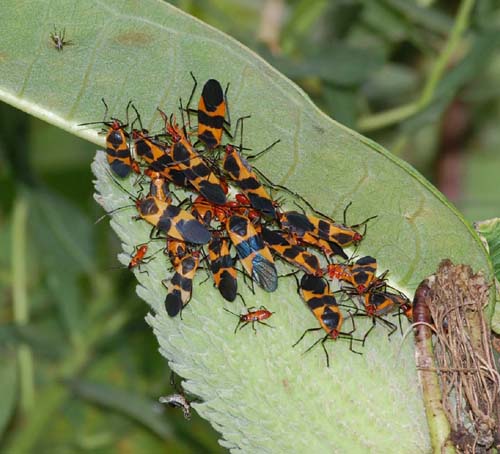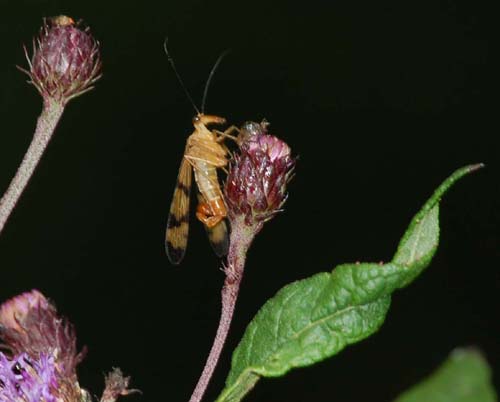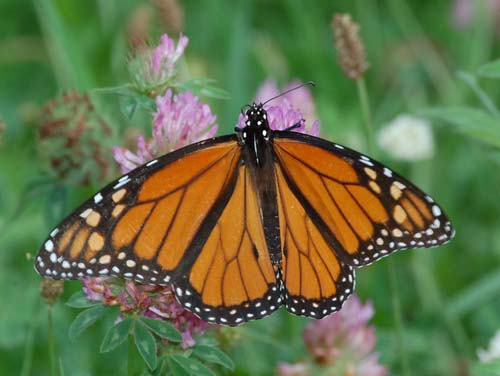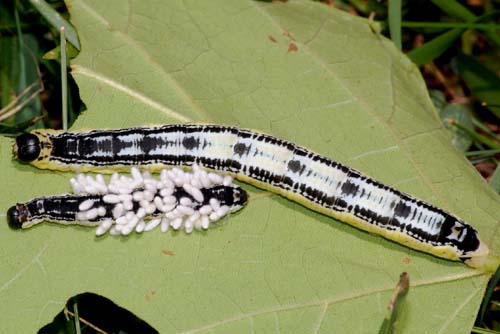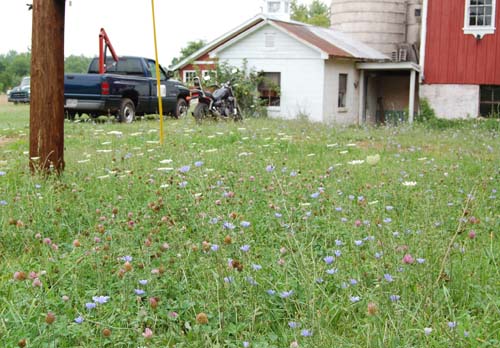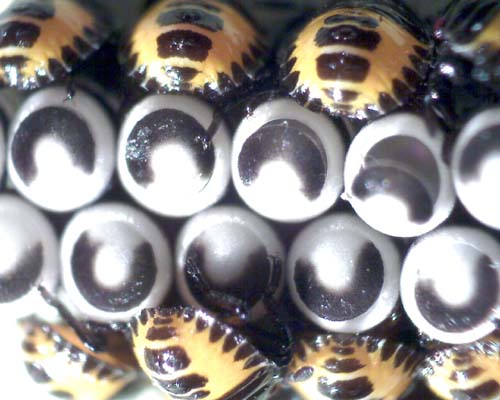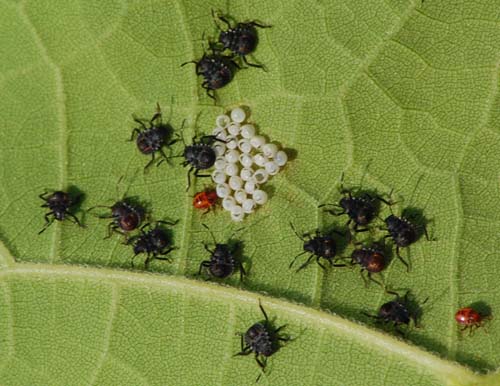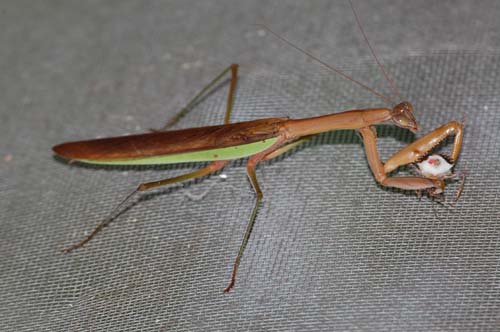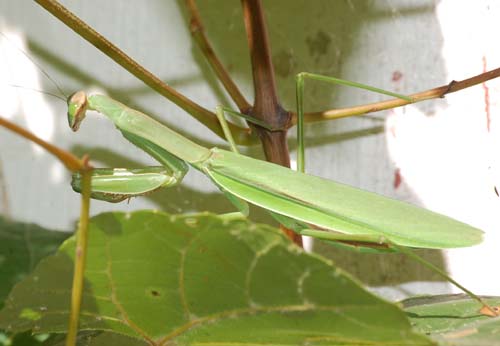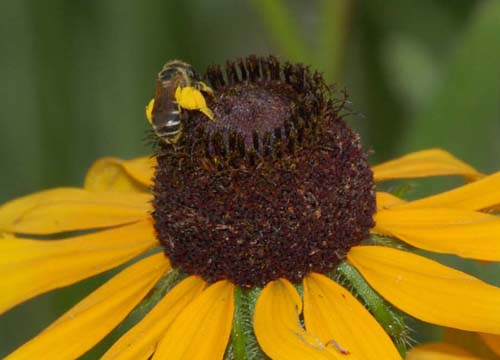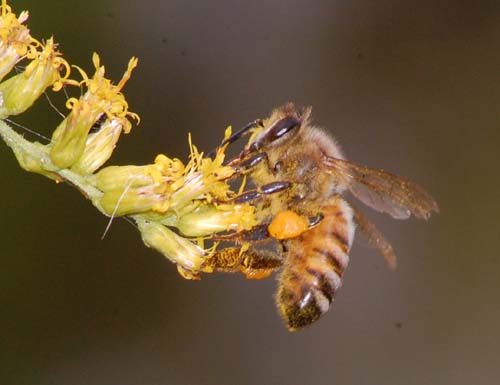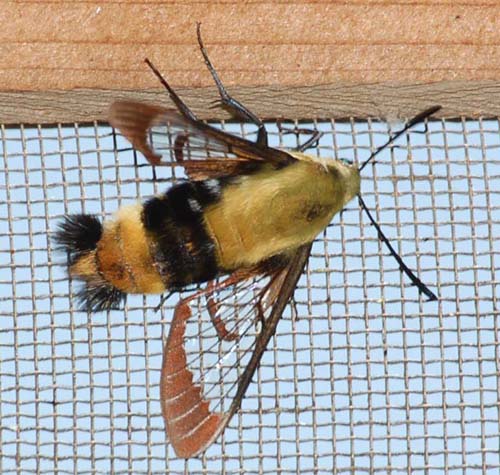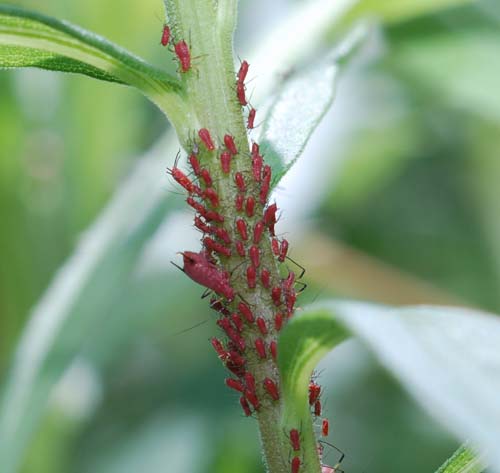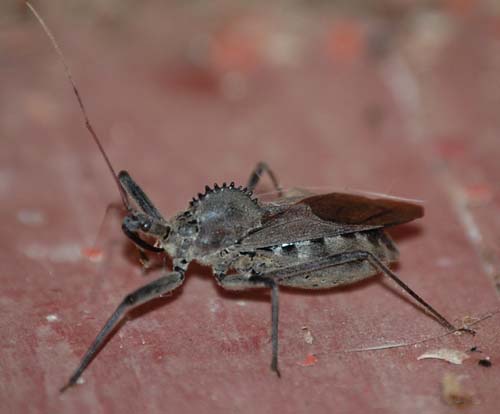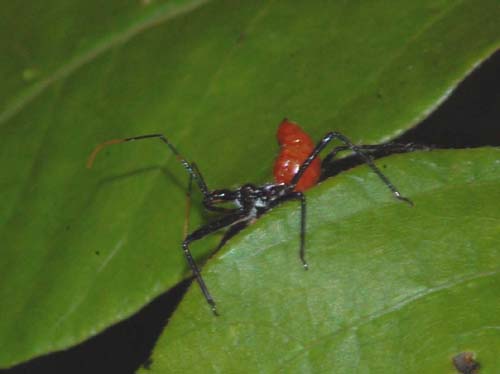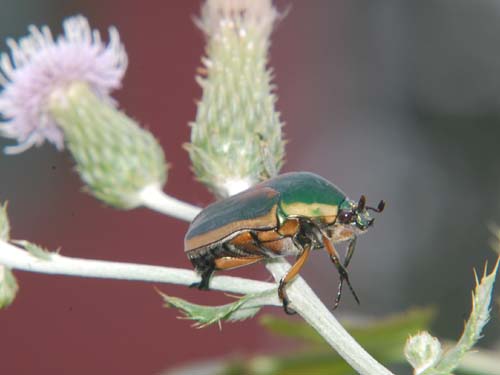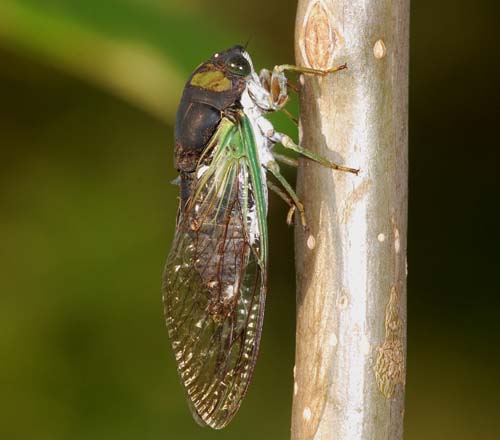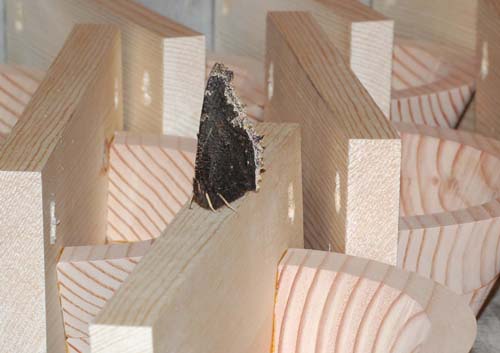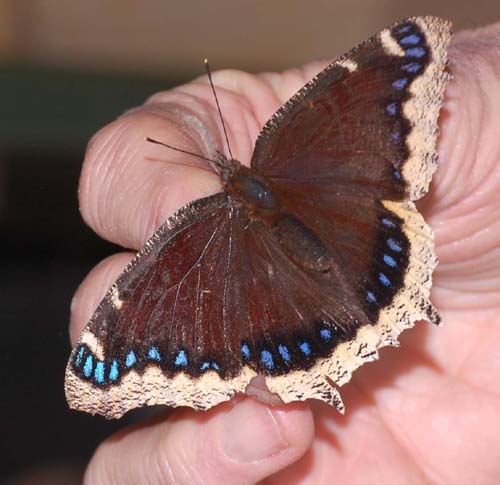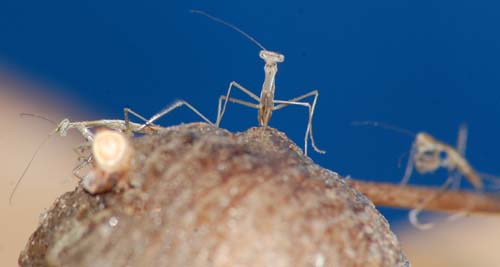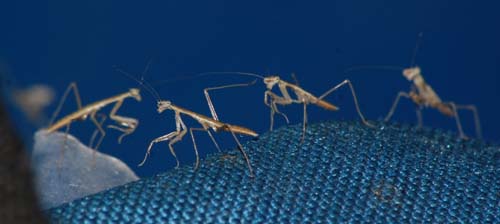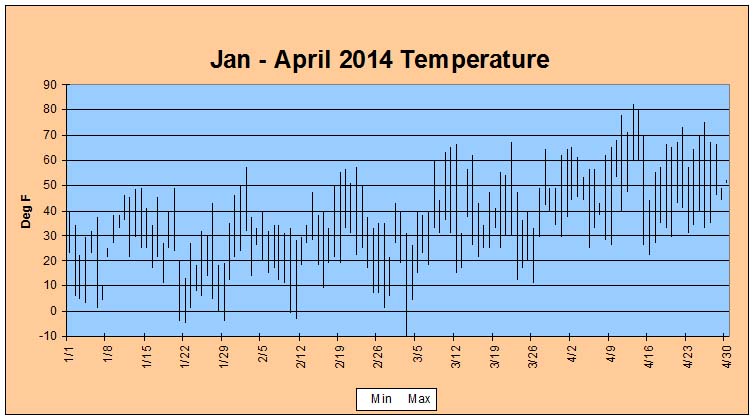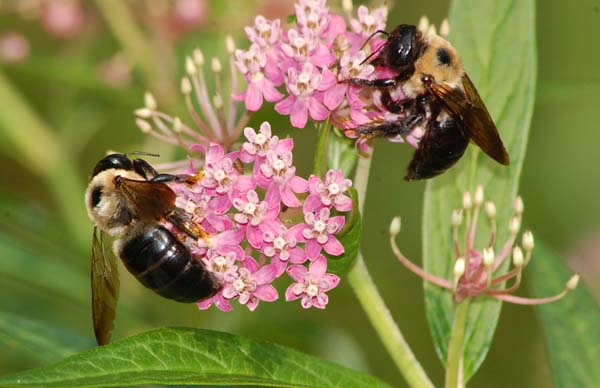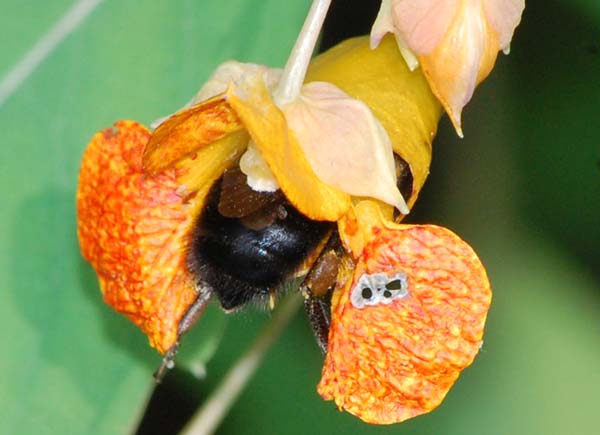2014 – A Dramatic Loss of Insects?
Many readers of these pages express concern each spring when their favorite neotropical migrants haven’t yet arrived. I tend to become overly concerned, instead, when, on the first warm day of early spring, I don’t encounter large numbers of flying insects. But, after several warm days, the insects soon become active and I relax, trusting that another season of growth and reproduction will unfold as usual. In 2014, this did not occur on our property. Most common insect species seemed to be far less abundant than in any previous year.
The following list is limited to anecdotal evidence of greatly reduced populations of many insect species on our 17 acres in a single year. I have no knowledge of a comparable loss in the Mid-Atlantic States or in Maryland or even in northern Frederick County. In fact, of all the local rural residents with whom I have discussed this, not one has mentioned noticing fewer insects of any kind. They each responded that they had many stink bugs or mosquitoes or, in the case of a friend in York county, PA, Japanese beetles. His evidence for a large beetle population was the number caught in very effective pheromone traps. As for the brown marmorated stink bugs, we had only 10-20 percent as many in the vegetable garden in 2014 as in several previous years. But, seeing any stink bugs or mosquitoes or wasps seems to convince most people that their yard or home is being overrun with insects.
2014 Insect species showing substantially reduced populations on our property.
1. All common species of wasps and bees.
While honey bee populations have been in gradual decline in our bee and butterfly plot for several years, this is the first year that bumble bees were seldom seen. However, there had already been a noticeable decline in 2013. The east lawn consists primarily of clover, chicory and wild carrot with an assortment of wildflowers. One half of this plot is mown alternately every few weeks, assuring that half of the plot is usually in bloom. In previous years, large numbers of butterflies and bees were to be found gathering pollen and sipping nectar. In 2014, the east lawn seemed deserted. Also, for the first time in 30 years, the entrance to the wood shop had no carpenter bees to greet me . And only one or two were present in the wagon shed this summer for the first time ever. Likewise, they were absent from the trailer blind and only one was seen boring a hole in a 2x4 rafter of the creek blind in spring. Especially noticeable was the scarcity of mud daubers in the barn. In all previous years, wasps have built mud nests in many cardboard boxes of parts stored on the third floor. They also frequently build in the many electric motors on the woodworking machines, often plastering over the centrifugal starting switch. For the first time ever, I found no new mud nests in such places this year. Also, when adults first emerge on a warm day in spring, the windows are often covered with them. This spring, on the several best days, dozens rather than hundreds of both mud daubers and paper wasps were present.
2. Butterflies and moths
All species of Lepodoptera that are commonly seen both on the east lawn and anywhere on our property were rarely seen in 2014. Adult butterflies and moths were notably absent from the east lawn on most days and were never seen in numbers greater than two or three at a time. Also, caterpillar damage to vegetation appeared minimal, compared to previous years. The caterpillar of the catalpa moth was present in very small numbers on just two of the twelve young trees by the kestrel tower. After their first “picking”, no more appeared. I’ve never gotten all of them on the first try before. In previous years, three pickings would yield over 1000.
3. Grasshoppers and crickets
Grasshoppers never became abundant at any time during the summer of 2014, despite the same ideal habitat as previous years. Cricket numbers were also greatly reduced in the fall, when the first floor wood shop and adjacent concrete slab usually harbor many hundreds. Picking up any scrap of wood on the concrete floor would reveal a dozen or more crickets in previous years. In 2014, few were found. Also, only a single cricket found its way into our house to serenade us. That was a first! I never thought I would miss the chirping of crickets in the workshop.
4. Bugs and beetles
As mentioned above, far fewer brown marmorated stink bugs were present in the garden in 2014, although they were still common. Box elder bugs that had always gathered in large numbers on the east facing shop door in the fall were mostly absent. Even milkweed bugs failed to reach the huge populations typical in all past years. Many milkweed patches of over 100 plants each are scattered around the property. Harlequin bugs were absent from the annual vegetable garden. Several adults were found in the Asparagus patch, along with a few asparagus beetles.
5. Ants
All the above estimates of populations are based on my casual observations. In the case of ants, I have no idea if there was a change in 2014. While an ant colony, for the first time in several years, never found its way to our kitchen or to the cat food bowls on the porch, I will have to pay more attention next year to ants in the wild. The Northern flickers successfully reared young in Box A, suggesting that the ants may be doing just fine.
6. Dragon flies and damselflies
We only have three common species on our property, the common whitetail, the ebony jewel wing, and the swamp darner. These appeared to be present in typical numbers in 2014. However, their period of activity seemed to be shortened.
7. flies
Far fewer flies appeared on the barn windows in spring. Otherwise, they never seem that common and mostly go unnoticed. Biting flies and sweat bees along the creek also were seldom a problem in 2014.
8. Arachnids
Spiders seemed to fair better than insects in 2014. Yellow garden spiders were absent from their favorite haunts on the creek blind and in the garden, but the usual variety of web weavers were present in the barn. Also, each day when I walked the narrow creek paths I found the Micrathena webs crossing the path to have been rebuilt from the previous day. If I noticed anything unusual, it was perhaps fewer prey items in the webs. Ticks were also abundant, at least in spring. After mowing the trails or walking to the blue gray gnatcatcher nest in May, I would usually find anywhere from 2 or 3 to a dozen ticks on my body, mostly Dermacentor variabilis. Only once did a black legged tick attach (to my ear lobe). Far fewer ticks were found in late summer and fall, but I wasn’t walking through tall vegetation nearly as much after June. Mites were present in bird nests as usual. They didn’t seem to pose a problem for the swallows or martins. For that matter, if there really was a substantial reduction in the number of insects in 2014, I saw no evidence of it affecting the nesting success of birds. However, there did seem to be a slight reduction in clutch size in 2014 among many species. This may have been because of the rather cold and wet spring.
I would think that an unusual spring weather event would be the likely cause for the small number of surviving insects in 2014, but nothing stands out in the temperature records other than the -10 deg F. night of March 3, following several warm February days. A cool, wet spring delayed the vegetable garden, but summer weather was ideal. Periodic rains came just as needed and vegetation growth was impressive. However, I know nothing about the temperature requirements of insects. If you are an entomologist and see something interesting in the weather chart below, please let me know. Summer temperature data can be added, if useful. While I record rainfall, the data isn’t consistently accurate enough to be of value since the loss of the old tipping bucket rain gauge.
